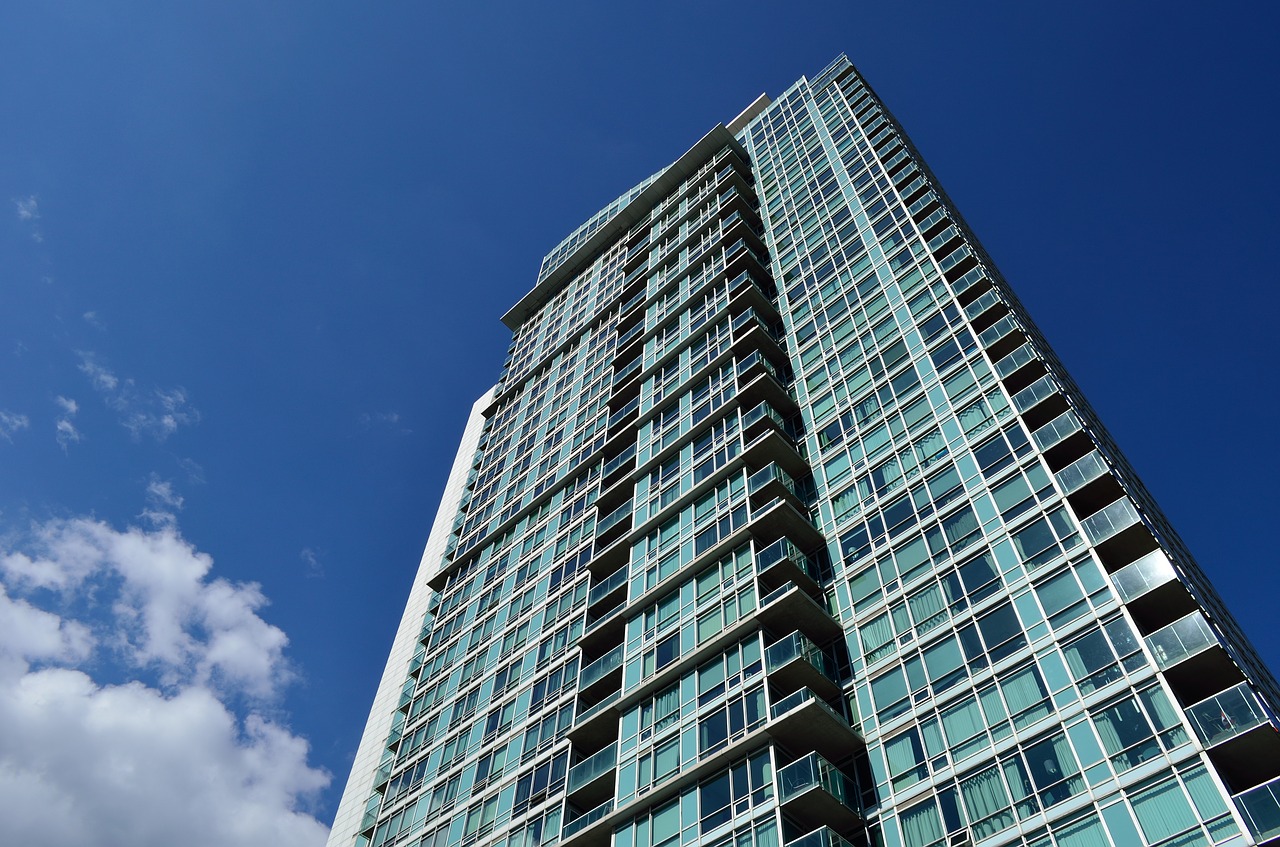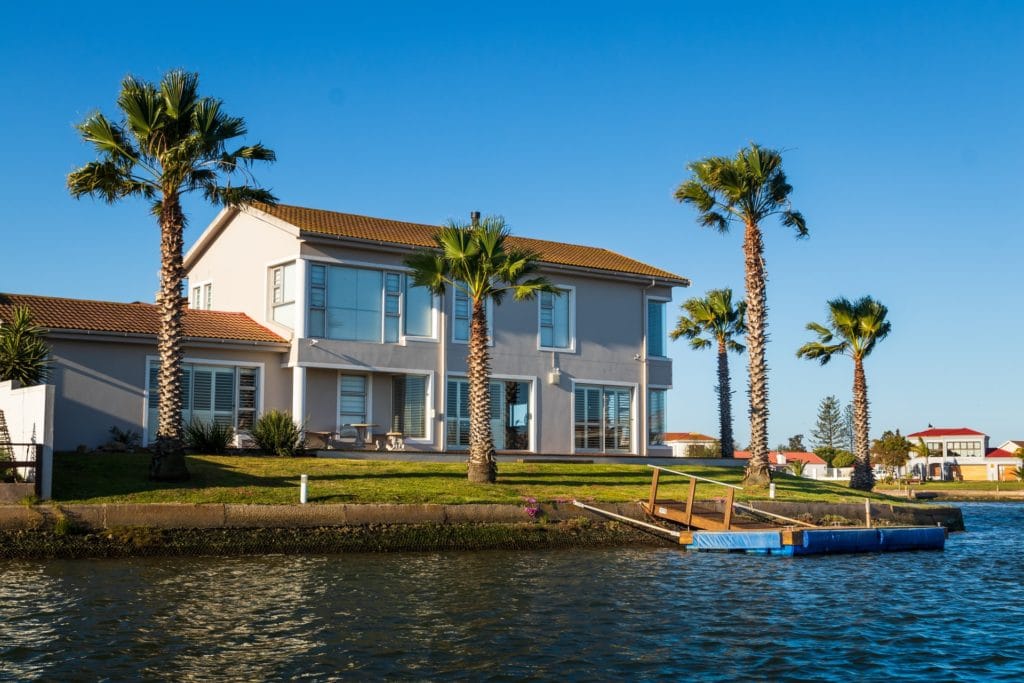Swing State Renters Earn 17% Less Than Needed to Afford an Apartment

During the last election cycle, the typical swing state renter household earned 21% less than they needed to afford the median-priced apartment. This year, the shortfall has improved to 17.1%, indicating a positive trend in rental affordability. Despite this improvement, many renters still feel that rent is excessively high, making housing affordability a crucial issue for swing state voters in the 2024 presidential race.
Arizona has seen the most significant improvement in rental affordability among swing states, while Michigan is the only state where affordability has worsened. Pennsylvania renters face the worst rental affordability problem, earning nearly 30% less than needed to afford the typical apartment.
The typical renter household in a swing state earns an estimated $50,267 per year, which is $10,365 less than the $60,633 required to afford rent for the median-priced apartment. This represents a 17.1% shortfall, an improvement from the last election cycle's 20.6% shortfall and last year's 22.1% shortfall.
This analysis is based on Redfin's examination of estimated median incomes for U.S. renter households and median U.S. apartment asking rents for the three months ending August 31 in 2024, 2023, and 2020. An apartment is considered affordable if a renter spends no more than 30% of their income on rent. The report focuses on swing states because voters in these states will decide the winner of the 2024 presidential election, and housing affordability is a critical issue for them. The swing states considered in this report are Arizona, Nevada, Wisconsin, Michigan, Pennsylvania, Georgia, and North Carolina.
Rental affordability in swing states has improved due to rising incomes and sluggish rent increases. The pandemic homebuilding boom boosted apartment supply, putting downward pressure on rents. The estimated median renter household income in swing states is up 5.4% from a year ago and up 29.3% from the last election cycle. Meanwhile, asking rents in swing states are down 1% from a year ago and up 23.8% from the last election cycle, increasing less than incomes. Despite these improvements, many renters still struggle to afford their monthly housing costs.
Redfin Chief Economist Daryl Fairweather emphasized that swing state voters will decide the outcome of the next presidential election based on candidates' plans for tackling key issues, including the housing affordability crisis. While the economy has been improving on paper, many U.S. families, especially young renters, still feel that rent is too high.
The typical swing state renter is considered 'rent burdened,' meaning they spend more than 30% of their income on housing, but this burden has lessened compared to previous years. A swing state renter making the median income would now need to spend 36.2% of their income to rent the median-priced apartment, down from 38.5% last year and 37.8% during the prior election cycle.
Arizona has experienced the largest improvement in rental affordability among swing states. The typical renter household in Arizona earns an estimated $57,961 per year, just 2.6% shy of the $59,520 needed to afford the median-priced apartment. This is a significant improvement from the 12.4% shortfall during the last election cycle. Arizona's 9.7-percentage-point improvement in affordability is the largest of any swing state. The second-largest improvement was in Nevada, followed by North Carolina, Pennsylvania, Georgia, and Wisconsin.
Arizona's improvement in rental affordability is attributed to the largest increase in incomes and the smallest increase in rents. The estimated median income of renter households in Arizona has risen 32.2% since the last election, while the median asking rent has climbed 18.9%. Arizona's asking rents have fallen 4.6% over the last year alone, the biggest decline of any swing state. The influx of people moving to Arizona during the pandemic caused rents to surge, but prices have since stabilized as apartment supply increased and temporary pandemic residents moved out.
Michigan is the only swing state where rental affordability has worsened since the last election. The typical renter household in Michigan earns 16.3% less than needed to afford the median-priced apartment, worse than the 11.2% shortfall during the last election. This is partly due to asking rents in Michigan jumping 12.4% over the last year, more than any other swing state. Rents have been rising in the Midwest due to limited housing construction and increased renter demand for relatively affordable housing.
Pennsylvania renters face the worst rental affordability problem among swing states. The typical renter household in Pennsylvania earns an estimated $49,168 per year, 29.6% less than needed to afford the median-priced apartment. This is the largest shortfall of any swing state and has persisted since the last election cycle. Pennsylvania has the highest median asking rent among swing states and one of the lowest estimated median renter household incomes.
This report is based on a Redfin analysis of rental-market data and incomes for blue, red, and swing states. The swing states considered in this report are Arizona, Nevada, Wisconsin, Michigan, Pennsylvania, Georgia, and North Carolina. Blue states are those that voted for Joe Biden in the 2020 presidential election, while red states voted for Donald Trump.
The estimated 2023-2024 median renter household incomes were derived using U.S. Census Bureau data from 2022 and Atlanta Federal Reserve data on year-to-date wage growth for workers in the bottom half of the wage distribution. Median asking rent figures cover newly listed units in apartment buildings with five or more units and are calculated based on a rolling three-month period.





Start the discussion
Become a member of Crib Metrics - Fresh Housing Market Insights and Analysis to start chatting with our AI Real Estate Market Analyst about the article Swing State Renters Earn 17% Less Than Needed to Afford an Apartment
Already a member?